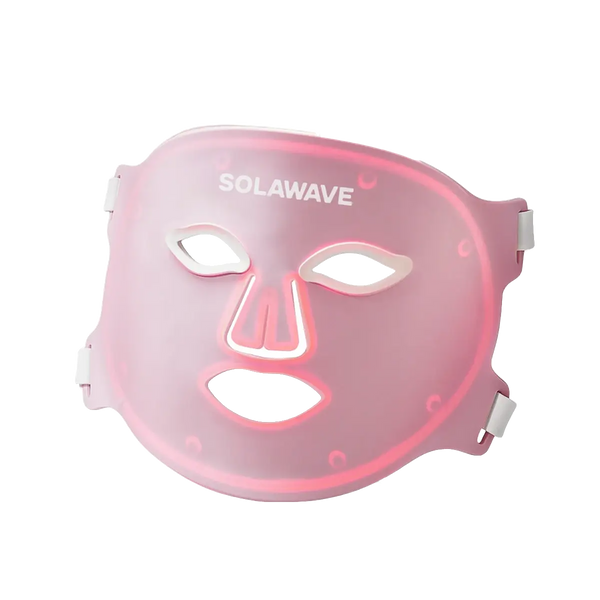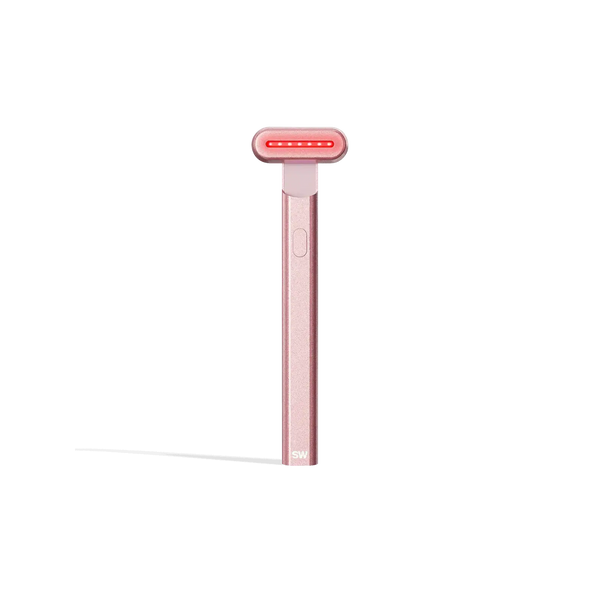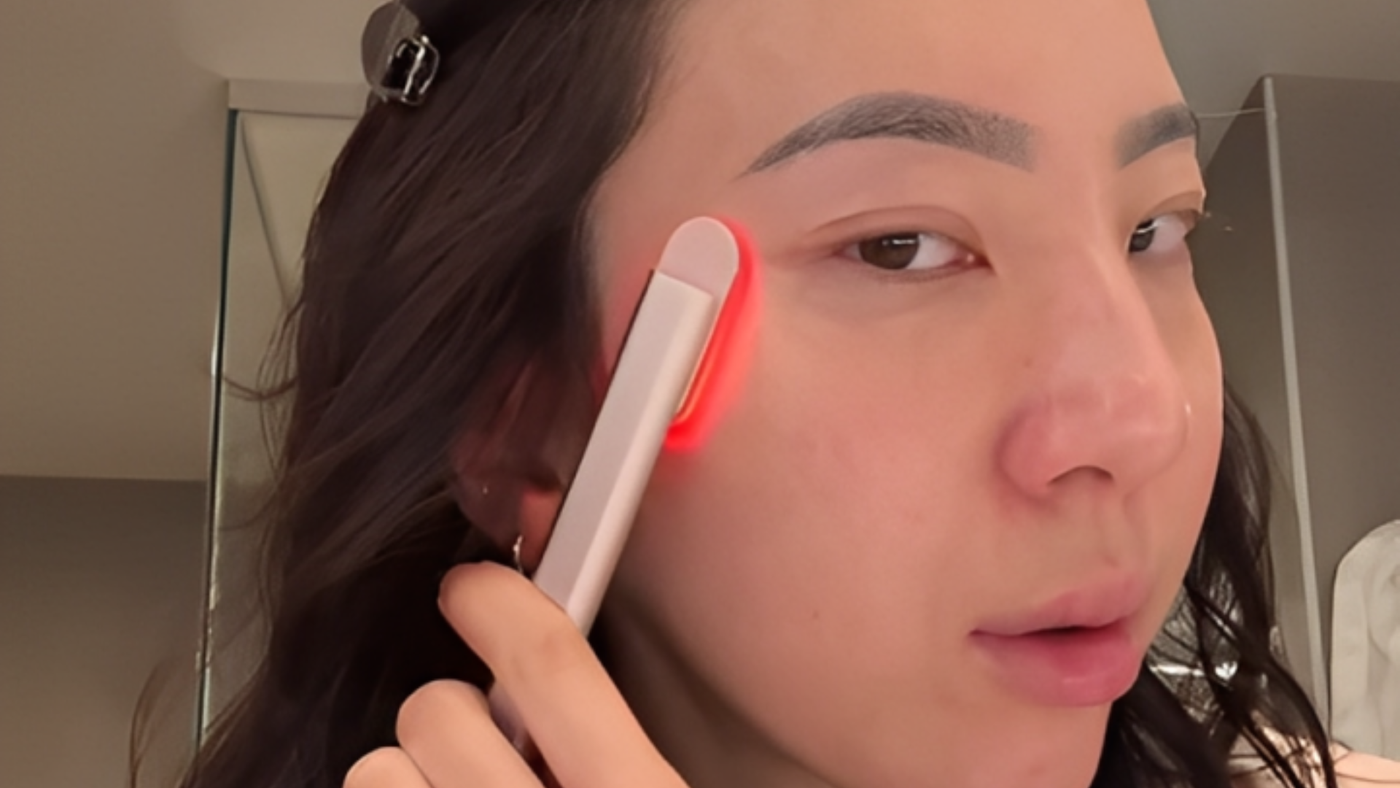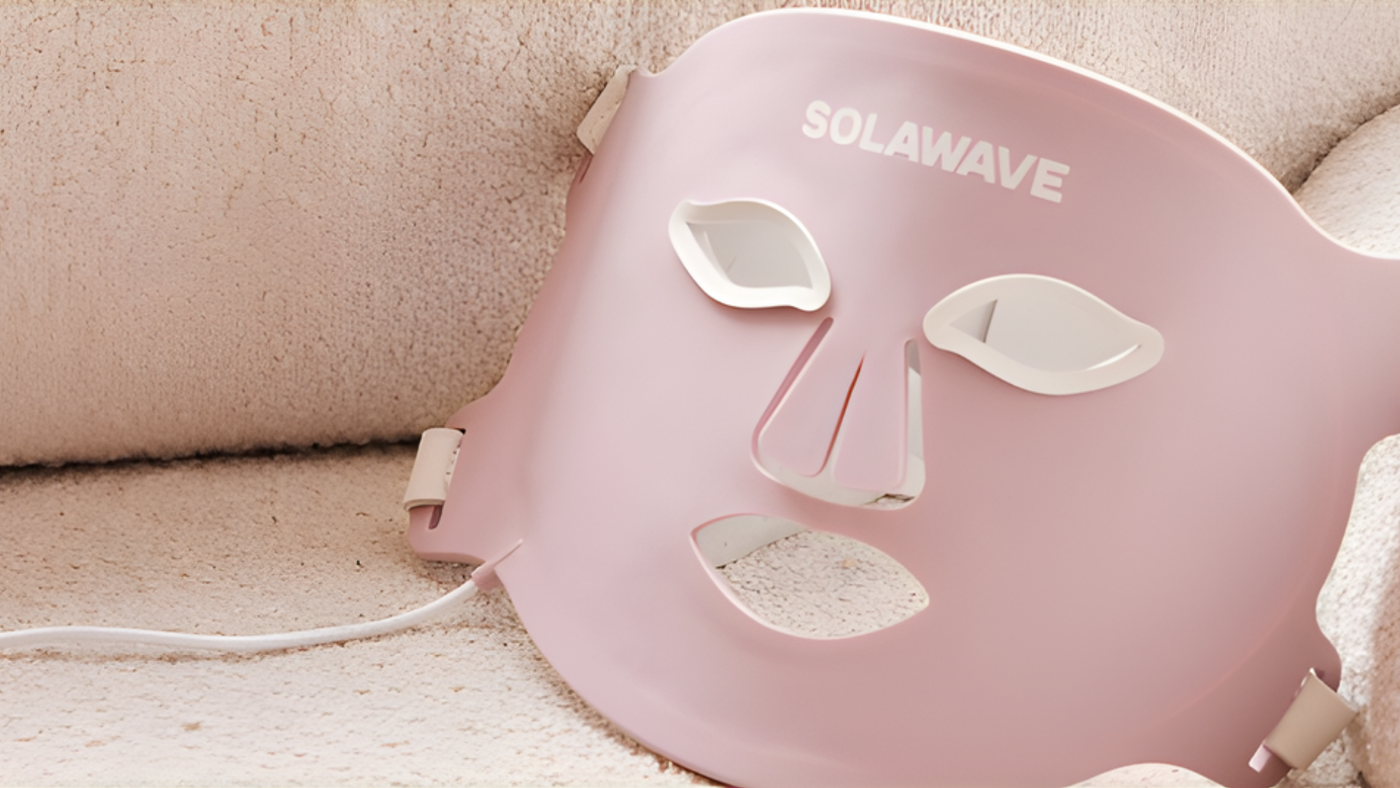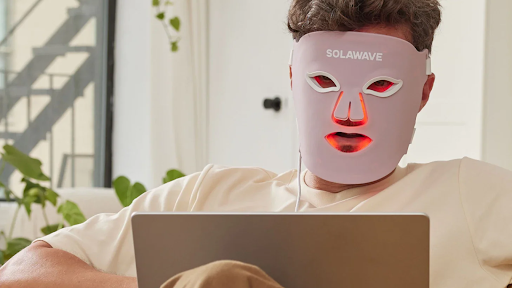 Dark Circles
Dark Circles
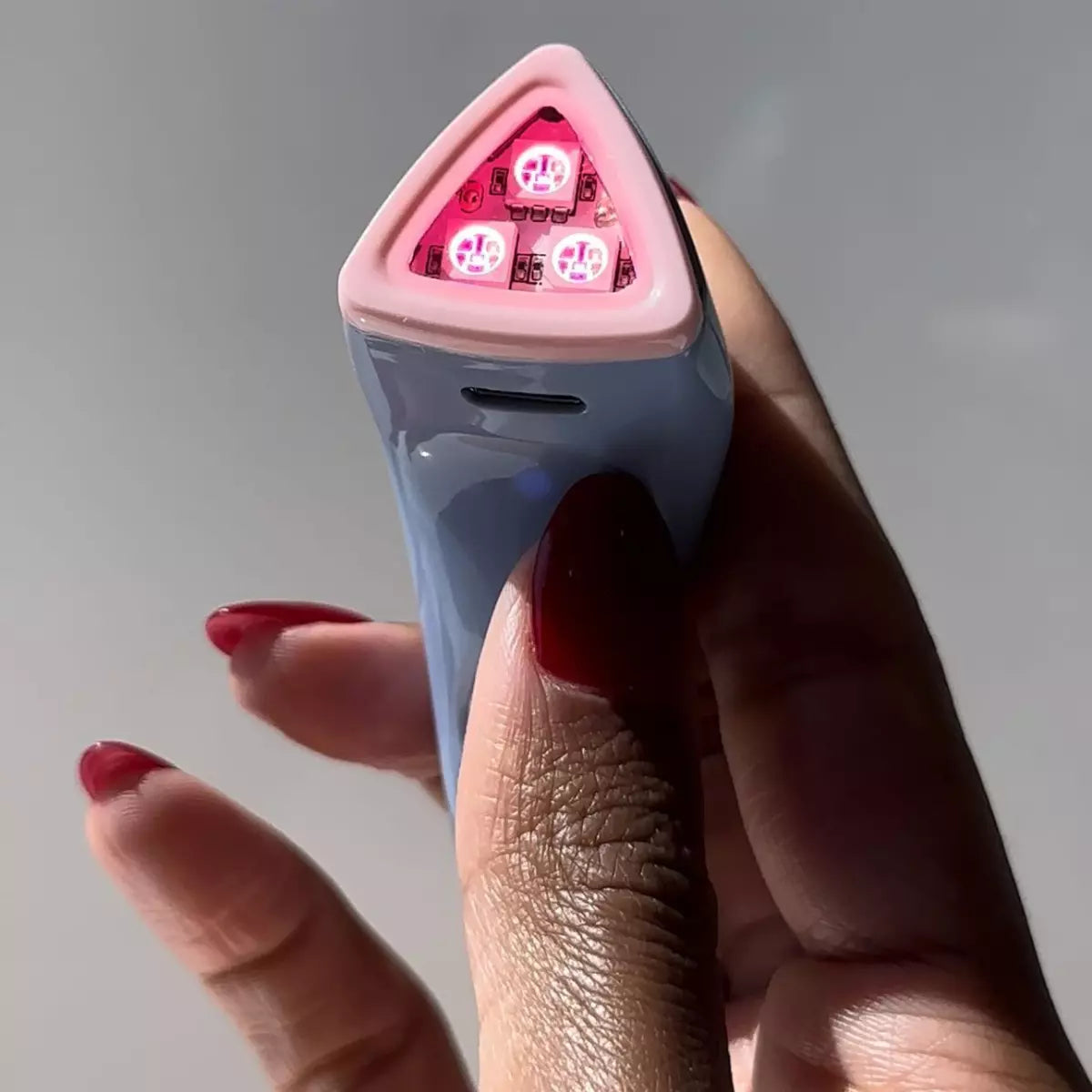
Erasing Dark Circles: How Light Therapy Helps
Dark circles under your eyes can be a stubborn concern, often making you look more tired than you feel. With so many people searching for gentle, effective ways to improve the look of their under-eye area, appearance-based solutions like Red Light Therapy are gaining attention. If you’re curious about modern options that fit easily into your routine, you’re in the right place to discover how to support healthier-looking under-eye skin.
What Causes Dark Circles?
Dark circles under your eyes can feel frustrating, especially when they seem to linger no matter how much rest you get. The truth is, there isn’t just one cause—dark circles often result from a mix of factors, some of which are within your control and others that aren’t.
Genetics
For many women, dark circles simply run in the family. If your parents or grandparents have them, you’re more likely to notice them, too. Genetics can influence the thickness of your under-eye skin and how much pigment you have in this area, making blood vessels more visible and giving the skin a darker appearance.
Lifestyle Factors
Your daily habits play a big role. Not getting enough sleep is a well-known culprit, but it’s not the only one. Stress, dehydration, and a diet low in nutrients can all make dark circles more noticeable. Even spending long hours in front of screens or rubbing your eyes frequently can contribute to the problem.
Skin Aging
As you get older, your skin naturally becomes thinner and loses some of its fullness. This makes the blood vessels under your eyes more visible, which can create a shadowy or dark look. The natural decrease in healthy collagen production with age also means the under-eye area may look less firm and more hollow.
Allergies and Irritation
Allergies can cause your eyes to itch and water, leading to rubbing and irritation. This can break tiny blood vessels under the skin, making dark circles appear darker. Seasonal allergies, sensitivities to skincare products, or even chronic sinus issues can all play a part.
Sun Exposure
Too much sun can increase melanin production, which is the pigment that gives your skin its color. Over time, this can lead to more pronounced darkness under your eyes, especially if you’re not using sun protection.
Myths vs. Facts
It’s easy to blame dark circles on just being tired, but that’s only part of the story. While lack of sleep can make circles more obvious, it’s rarely the only cause. Another common myth is that dark circles are always a sign of poor health. In reality, they’re often a normal part of your unique skin and genetics. Drinking more water or using a single miracle product won’t always erase them, but healthy habits and gentle skincare can help improve their appearance.
Traditional Approaches to Erasing Dark Circles
Concealers
Makeup concealers are a go-to solution for many women. They’re designed to mask darkness and even out skin tone, giving you a brighter, more refreshed look. While concealers can be effective for a temporary boost, they wash off at the end of the day and don’t address the underlying causes of dark circles.
Eye Creams
There’s a wide range of eye creams on the market promising to reduce the look of dark circles. These often contain ingredients like caffeine, vitamin C, or hyaluronic acid, which can temporarily brighten or hydrate the under-eye area. Some creams may help with puffiness or dryness, but their effects are usually subtle and require consistent use. It’s important to remember that no cream can completely erase dark circles, especially if genetics or skin aging are the main factors.
Cold Compresses
Applying a cold compress or chilled spoons to your under-eye area can help reduce puffiness and temporarily shrink blood vessels, making dark circles less noticeable for a short time. This method is soothing and can be part of a relaxing self-care routine, but the results are fleeting.
Home Remedies
Many women try home remedies like cucumber slices, tea bags, or aloe vera gel. While these can feel refreshing and may offer mild benefits, there’s limited evidence that they make a significant difference in the appearance of dark circles. They’re safe to try, but it’s best to keep expectations realistic.
Limitations of Traditional Methods
Most traditional approaches focus on covering up or temporarily reducing the look of dark circles rather than addressing the underlying causes. Concealers and creams can offer a quick fix, but they need to be reapplied regularly. Home remedies and cold compresses may provide comfort, but their effects don’t last. For many women, these methods become part of a daily routine rather than a long-term solution.
How Red Light Therapy Supports Healthier-Looking Under-Eye Skin
Red Light Therapy is a gentle, non-invasive approach that uses specific wavelengths of red light to support the appearance of your skin. This technology is designed to target the skin’s surface, helping you achieve a healthier, more radiant look—especially in the delicate under-eye area.
How Red Light Works on the Skin’s Surface
When you use Red Light Therapy, the light energy penetrates the outer layer of your skin and reaches the cells beneath. This process helps support healthy collagen production, which is essential for skin that looks firm and smooth. Collagen is a natural protein that gives your skin structure and resilience, but as you age, your body produces less of it. In encouraging your skin to maintain healthy collagen levels, Red Light Therapy can help the under-eye area appear fuller and more refreshed.
Red Light Therapy can also improve the appearance of skin tone and texture. Many women notice their under-eye area looks brighter and more even after consistent use. The gentle warmth from the light soothes the skin, making it a comfortable addition to your self-care routine.
Gentle, Non-Invasive, and Easy to Use
One of the biggest advantages of Red Light Therapy is how easy and comfortable it is to use. Unlike some treatments that can be harsh or require downtime, Red Light Therapy is non-invasive and suitable for sensitive skin. You can use it at home, and it fits easily into your daily routine without causing irritation or discomfort.
How to Use a Red Light Therapy Eye Mask for Best Results
If you’re new to Red Light Therapy, here’s a quick guide for how to use Red Light Therapy at home:
-
Start With Clean Skin Gently cleanse your face to remove any makeup, sunscreen, or skincare products. Dry your skin thoroughly before using the mask.
-
Position the Eye Mask Place the Red Light Therapy Eye Mask comfortably over your eyes, making sure it fits snugly but isn’t too tight. Most masks are designed to be lightweight and flexible for a comfortable fit.
-
Turn On the Device Follow the instructions for your specific mask—usually, you’ll press a button to start the session. The mask will emit a gentle red glow.
-
Relax and Enjoy Sit back and relax while the mask works. Sessions typically last about 10–15 minutes. You can use this time to unwind, meditate, or listen to music.
-
Finish and Moisturize After your session, remove the mask and apply your favorite moisturizer or eye cream to lock in hydration.
What to Expect Over Time
With regular use, you may notice your under-eye area looks brighter, smoother, and more refreshed. Many women report a reduction in the appearance of dark circles and a more even skin tone after a few weeks. Results can vary, but consistency is key—gentle, ongoing care helps support healthier-looking skin and a more radiant appearance.
Tips for Comfort and Consistency
-
Use the mask consistently, ideally several times a week, to see the best results.
-
Make your sessions part of your evening routine so you don’t forget.
-
Store the mask somewhere visible to remind yourself to use it regularly.
-
If you have sensitive skin, start with shorter sessions and gradually increase the time as your skin adjusts.
Best Red Light Therapy Eye Mask for Under Eye Circles
If you’re looking for a convenient and effective way to support the appearance of your under-eye skin, the Solawave Red Light Therapy Eye Mask stands out as a top choice. This mask is designed specifically for the delicate area around your eyes, delivering targeted Red Light to help you achieve a brighter, more refreshed look.
The Solawave Eye Mask features a lightweight, flexible design that contours comfortably to your face, making it easy to use whether you’re relaxing at home or winding down before bed. With hands-free operation and a simple one-touch start, it fits seamlessly into your daily routine. The mask uses advanced Red Light wavelengths to support healthy collagen production and improve the look of skin tone and texture, all while being gentle enough for sensitive skin.
You can use the Solawave Red Light Therapy Eye Mask for just 10–15 minutes per session, several times a week, to help reduce the appearance of dark circles and enjoy a more radiant under-eye area. Its rechargeable, portable design means you can take your self-care routine anywhere, making it a smart addition to your skincare toolkit.
Conclusion
Exploring gentle, modern options like Red Light Therapy can make a real difference in how your under-eye skin looks and feels. If you’re ready to support a brighter, more refreshed appearance, consider adding Red Light Therapy to your self-care routine. It’s a simple, comfortable way to care for your skin and embrace a healthier-looking glow.
